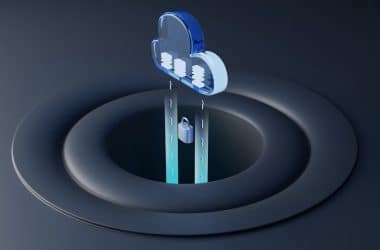Ammonia is more than that scalding chemical that you use to clean your house. It is a colourless gas with a long history of use as a swiss army knife for many applications, including refrigeration (as refrigerant R717), fertilization, smelling salts, combustion engines, food sterilization (hopefully not anymore), scrubbing CO2 emissions, and more. If you are interested in learning more about this fascinating chemical, you have come to the right place!
Molecular Formula Of Ammonia
The molecular formula of ammonia (also called azane) is NH3. The ‘N’ stands for nitrogen, and the ‘H’ stands for hydrogen. This formula means that there is one nitrogen atom, and three hydrogen atoms per ammonia molecule.
Boiling Point Of Ammonia
The boiling point of ammonia (pure ammonia) is -33.3 °C at atmospheric pressure (1 atm/14.7 PSI). This boiling point means that ammonia will not stay a liquid even at room temperature, therefore, ammonia is classified as a gas. The ammonia-based cleaners you use don’t vapourize rapidly as pure ammonia would because they contain little ammonia and are mixed with other non-volatile chemicals such as water (non-volatile means they don’t vapourize easily at room temperature).
Freezing Point Of Ammonia
The freezing point of ammonia at atmospheric pressure is –77.7 °C. This means it will freeze at temperatures below -77.7 °C.
Melting Point Of Ammonia
The melting point of ammonia at atmospheric pressure is -77.7 °C. This means ammonia will melt at temperatures above -77.7 °C.




